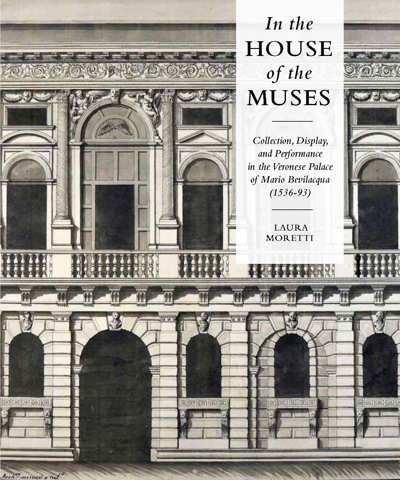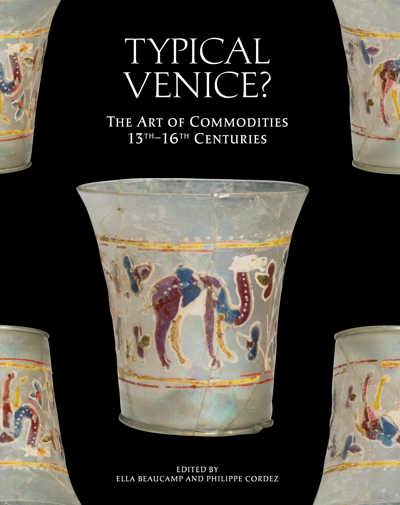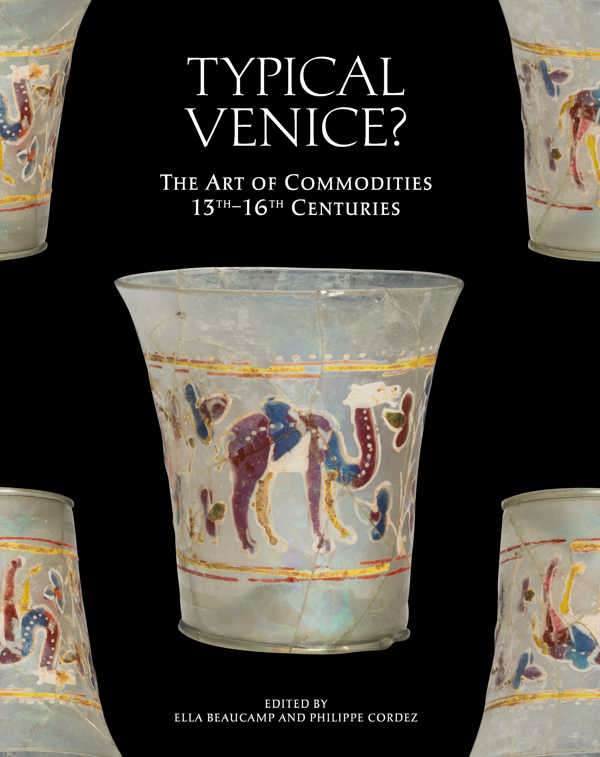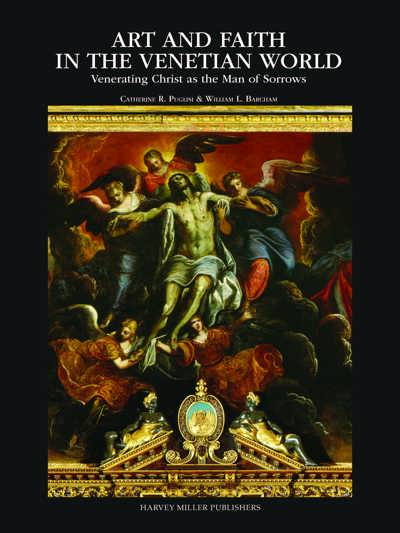
Typical Venice? The Art of Commodities,13th-16th centuries
Ella Sophie Beaucamp, Philippe Cordez (eds)
- Pages: iv + 268 p.
- Size:220 x 280 mm
- Illustrations:70 col.
- Language(s):English, Italian
- Publication Year:2021
- € 100,00 EXCL. VAT RETAIL PRICE
- ISBN: 978-1-912554-30-0
- Hardback
- Available
This book focuses on the question of how Venice designed and exported its own identity through all kinds of its goods.
“This handsome volume is a welcome addition to the growing quantity of scholarship on global material culture in premodern Venice (…) All in all, this volume will be of interest to students and scholars of medieval and early modern Venice, while certainly serving audiences working on premodern material culture more broadly. While each of its essays will attract its own specialist readers, as a whole the volume raises important questions about commodities and their fluid identities.”(Elsje van Kessel, in Sehepunkte, 22/1, 2022)
Ella Beaucamp is a doctoral candidate at Ludwig-Maximilians-Universität München, where she developed her dissertation topic within the research group “Premodern Objects. An Archaeology of Experience”, led by Philippe Cordez. She studies the high medieval stone reliefs of Venetian house facades, relating them to the larger context of Mediterranean trade and artistic production. The Centro Tedesco di Studi Veneziani, the Gerda Henkel Stiftung, and the Max Weber Foundation – German Humanities Institutes Abroad have supported her work. For her master’s thesis she was the recipient of the Heinrich Wölfflin Prize from Ludwig-Maximilians-Universität München.
Philippe Cordez is Deputy Director of the German Center for Art History in Paris. His research and teaching deal with medieval art history and more generally with object studies in art history. This work has been supported by the École des Hautes Études en Sciences Sociales in Paris, the Universität Hamburg, the Kunsthistorisches Institut in Florenz – Max-Planck-Institut, Ludwig-Maximilians-Universität München, the Université de Montréal, and the Sterling and Francine Clark Art Institute, Williamstown. His book Treasure, Memory, Nature: Church Objects in the Middle Ages, translated from French and awarded the Prize of the German Medievalists’ Society (Mediävistenverband e.V.), is available at Harvey Miller Publishers.
What is the art of commodities, and how does it contribute to shaping a city? The case of Venice, which perhaps more than any other late medieval or early modern city depended on trade, offers some widely applicable considerations in response to these questions.
Commodities exist as such only when they can be bought and sold. Select materials, techniques and tools, motifs, and working processes are entailed in the conception and realization of commodities, with the aim of producing and selling in numbers. The art of commodities is an art of anticipation and organization, as complex as the material, social, and symbolic situations it results from, deals with, and contributes to shaping. In turn, an analysis of commodities allows for profound insights in these situations. The art of commodities ultimately presents specific challenges, solutions, and styles; it is an art of objects, as well as an art of cities and societies.
In Venice, commodities did much more than circulate throughout the Lagoon: the city was made of them. The studies in this book consider the Serenissima’s diverse commodities, merchants, and routes from multiple perspectives.
ELLA BEAUCAMP AND PHILIPPE CORDEZ
Glass Vessels, Camel Imagery, House Façades: The Venetian Art of Commodities (13th–14th Centuries)
MANLIO LEO MEZZACASA
Sacred Objects by Venetian Goldsmiths (Late 13th–15th Centuries): Economics, Seriality, Identity
NATHANIEL SILVER
‘magna ars de talibus tabulis et figuris’: Reframing Panel Painting as Venetian Commodity (14th–15th Centuries)
BENEDETTA CHIESI
Ivories of the 14th–15th Centuries: The Pride and Ill-Fortune of a ‘Venetian Commodity'
ELIZABETH RODINI
Imitation as a Mercantile Strategy: The Case of Damascene Ware
SUSANNE THÜRIGEN
The Commodification of Ornament: Jacob Marquart’s Table Clocks
DARIO MICHELE ZORZA
Crafting Venetian Quality: Printing Legislation and the Case of Gabriele Giolito’s ‘Orlando Furioso’ (1542)
MEGAN K. WILLIAMS
Paper in the Piazza: The Late Medieval and Early Modern Trade in Venetian Paper
CRISTIAN LUCA
The Export of Venetian Commodities to the Romanian Principalities in the 16th Century
LEAH R. CLARK
The Politics of Acquisition: Venetian Objects in Italian Courtly Collections, c. 1475–1525
ROMEDIO SCHMITZ-ESSER
An Untypical Case? Late Medieval and Early Modern Venetian Commodities and their Re-Evaluation
Bibliography
Index
Figure Credits



